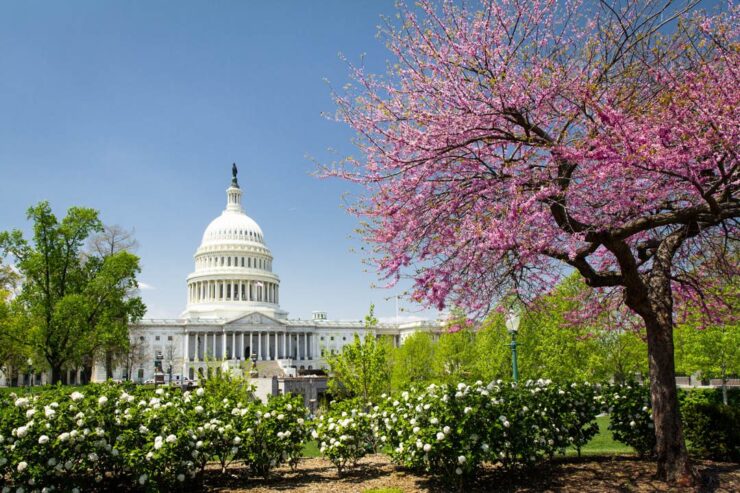
3 strategic actions to support graduate enrollment in today’s policy landscape

What makes your graduate program different? How to find—and prove—your value proposition

We secret shopped 10 graduate programs’ lead nurturing campaigns. Here’s what we learned.

Expanding your domestic student market
Latest Posts From This Blog
-
Our New Staffing Model Playbook for Higher Ed CMOs
How can CMOs adapt their staffing models to meet today’s staffing and market realities? Here are three practices higher ed CMOs should consider.
Blog -
Your digital marketing strategy is probably outdated—here’s how to fix it
If you’re still relying on outdated playbooks to identify high-intent graduate and adult learners, now’s the time to pivot. This blog breaks down what’s changed and what to do about it.
Blog -
How graduate enrollment leaders—and prospective students—are using AI
AI isn’t just a passing fad. It is likely to be an integral part of how our society, and prospective students specifically, interact with marketing messages. To better understand how prospective graduate and adult learners perceive and use AI tools in their search process, our annual survey will dive deeper into these topics.
Blog -
The computer science field is changing—here’s how to take advantage
Explore how computer science programs can thrive amid tech industry shifts by aligning with evolving job markets, AI demand, and adult learner priorities.
Blog -
Struggling to attract graduate students? Here are four ways to fix it
Here are four areas enrollment teams should focus on to enhance their graduate student recruitment strategies, based on the recent NAGAP survey data.
Blog -
3 strategic actions to support graduate enrollment in today’s policy landscape
Making informed decisions in today’s fluid federal policy landscape is critical. Here are some of the changes—and challenges—we’re facing, along with recommendations to position your institution for success amid the upheaval.
Blog -
What makes your graduate program different? How to find—and prove—your value proposition
In today’s hyper-competitive market, standing out has never been more critical. How do you differentiate your graduate programs? Here are a few insights to help you identify and articulate your graduate program’s value proposition.
Blog -
How to address the student readiness crisis—and attract students to your teaching programs
The Student Readiness Crisis is multifaceted and requires support from stakeholders across K-12, higher ed, employers, and communities.
Blog -
4 conversations from UPCEA’s annual conference—and what’s next for PCO units
Read about four notable insights taken from UPCEA's annual conference.
Blog
Great to see you today! What can I do for you?